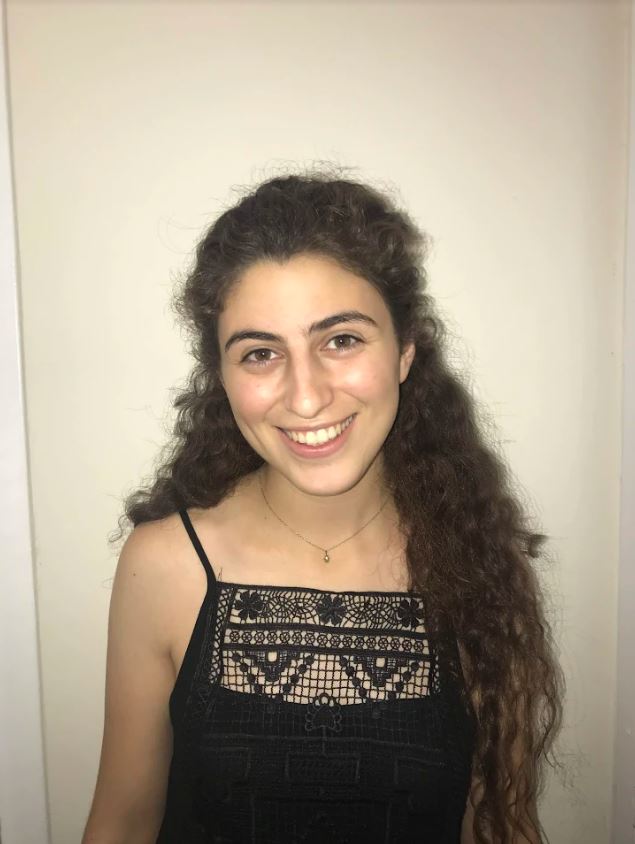
In 1851, Sojourner Truth—abolitionist, feminist and former slave—delivered her pivotal speech titled “Ain’t I a Woman?” at the Women’s Rights Convention in Akron, Ohio. She shared her strife, her struggle and her ever-growing frustration with society and government alike.
Just released from the oppressive grasp of slavery, she sought to achieve and prosper. As a woman and a feminist, she supported the suffrage movement that had been avalanching into national advancement with great speed. Yet as fast as they had been moving, they had been leaving behind members of their cause they believed were not of the same group. In the eyes of the rest of the women in attendance at this convention in Ohio, Sojourner was not a person of concern for their cause. As a black woman, she was excluded from women’s rights causes.
Despite her passion and yearning to see a United States overflowing with gender equality legislation, she was not deemed as “one of”; instead, she was “them.” She was essentially excluded from the advancements of one of her identities on the basis of societal rejection of another. Imagine: a woman unable to advance as a woman because she happens to also be black—identities serving as obstructions for the expression of other identities.
College students today are welcomed to their campuses with droves of student organizations hurdling fliers at them. Our universities, especially mine, pride themselves on values of inclusivity, equity and diversity. As a college student and first-generation American, I am no stranger to balancing my mix of identities and juggling them in the various groups with which I spend my time. For the most part, I am accepted—at least, at first.
I soon came to realize that our campus had opportunities that represented my identities and advocated for their advancements. As a woman, the Women’s Center advocated for my advancement in the medical field as a student of the sciences. At my social-justice-focused college, I was provided a platform to engage in dialogue for issues that held importance for me: gun control, for instance. As a Persian American, I was able to find friends that shared the culture, could speak with me in Farsi and made me feel more at home.
Yet as close to these groups as I was, my Zionist identity would immediately compromise our relationships. Once, I became open about my support for the Jewish state, relationships completely shifted. As a woman, I was shamed for not standing with my female Palestinian peers. As someone in Thurgood Marshall College—one of the six undergraduate colleges at the University of California, San Diego—I had to now fight for my seat at the table when discussing issues of immigration, apartheid and equality; I was depicted as a supporter of the problem. As a member of the Persian community, a number of my countrymen regarded me as a traitor—not a true Persian, not a true college student, not a true woman.
It was as if someone had etched “Zionism” on my forehead. This was my only identity—a clear contradiction to anything else I thought myself to be. My other identities were no longer valid. Even some Jewish students who had fallen prey to villianization imposed on them had felt no shame in shaming me. My relationship with the various parts of myself became stranger, as if my campus’s interpretation of me had made me a stranger to myself.
In January, the Women’s March had nationally excluded me as a Zionist since national organizer Linda Sarsour had declared that Zionists cannot be feminists. So I did not go. In March, I was asked to leave our university’s March for Our Lives because students did not believe pro-Israel rhetoric was in agreement with the values of gun-control legislation. So I conversed, acknowledged defeat and left.
In May, I learned of Sojourner Truth—he abolitionist, the feminist, the former slave who, with her various identities, found unity and not contrast. She found complementary values in the various parts of her, not antitheses. My second year, I did not flee even when conversations met a state of “agree to disagree.” I did not let others convince me that my identity was invalid because of the socially constructed theories that it was a contradiction to others.
“Once I became open about my support for Israel, relationships shifted. It was as if someone had etched ‘Zionism’ on my forehead.”
From fear of excluding others, whose identity may be popularized as a contradiction to my own, we are excluding others. From fear of excluding women from the polls, women were excluding their sisters of color. The advancement of marginalized groups are leaving behind those of their own causes, marginalizing them even more.
Sojourner Truth did not stand by as other American women were voting in the polls. Nearly 200 years later, we cannot stand idly by and blindly claim that this is the time of our minority groups. As a proud Jew and Zionist, a descendant of one the most persecuted groups in the history of humankind, a first-generation American to refugee parents from antisemitism-riddled Iran and a student at the University of California, San Diego, I beg the rest of my campus, society and country not to advance without me. Do not leave me behind! As Sojourner pleaded, “Ain’t I a woman? A daughter of immigrants? An American?”
Originally published in jns.org.
Contributed by 2019-2020 University of California – San Diego CAMERA Fellow Bianca Kermani.

